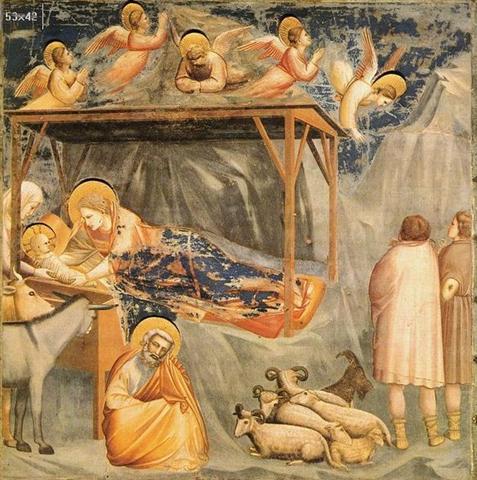|
1. There is a star cluster named the Beehive (or Praesaepe), in the center of Cancer:
It is number 44 is the Messier catalogue and ε ('the very little one') Cancri is a member of the Beehive cluster. Allen: "ε was applied by Bayer to the coarse extended cluster, N.G.C. 2632, 44 M., on the head of the Crab, composed of about 150 stars of magnitudes from 6½ to 10, with two noticeable triangles among them. With us it is the well-known Beehive, but its history as such I have not been able to learn, although it undoubtedly is a recent designation, for nowhere is it Apiarium." "... before the invention of the telescope this was the only universally recognized nebula, its components not being separately distinguishable by ordinary vision. But it seems to have been strangely regarded as three nebulous objects." According to my Latin dictionary prae-saepe is basically an enclosure (saepe) in front (prae). One of its special meanings is a manger or a crib, another is a stable (pen, box). The painting below is by Giotto:
The 'frontal enclosure' (stable, manger) at ε Cancri could be an earlier version of the Egyptian naos. The meaning of the enclosure could be 'invisible (inside)', something unknown, 'zero', a place from where time can begin anew. Tagata in Ga3-7 has no 'eye' at left, only one in front. The fist held high probably implies 'all still remains' (of the cycle), nothing has been counted so far (cfr at Kava). The pau foot in front is the same type of sign as in glyph number 366:
Museida is the 'muzzle' of the greater of the bears up in the far north. It ought to mean the 2nd period in the henua calendar corresponds to a beginning. |
||||||||||||||||||||||||||||||||||||||||||||||||||||||||||||||||||||||||||||||||||||||||||||||||||||||||






